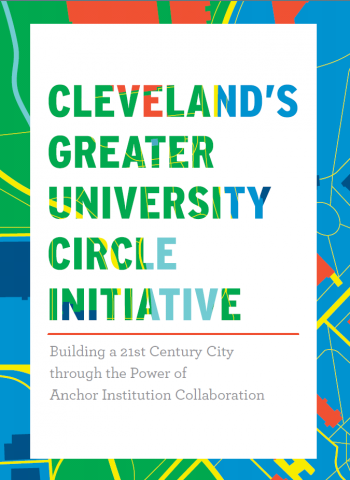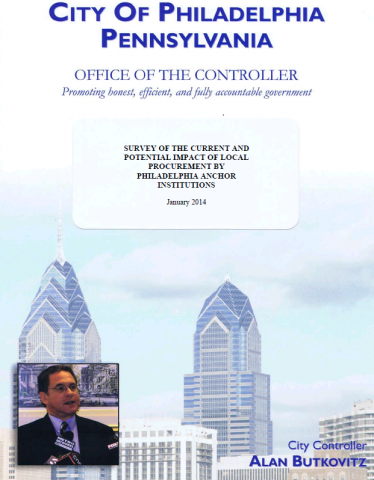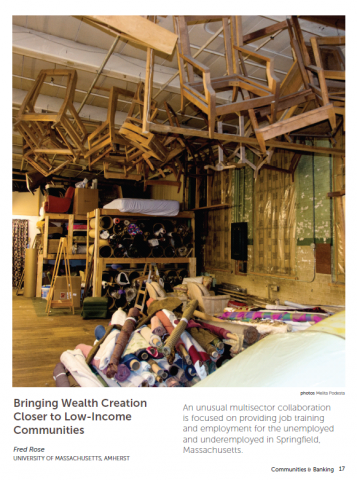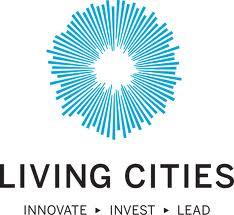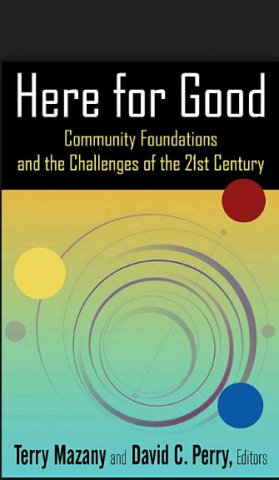A new Cleveland Foundation report highlights the achievements and lessons learned from the Greater University Circle Initiative—a robust partnership among the city’s anchor institutions to foster economic and community revitalization. To date, the Initiative has created three employee-owned companies through the Evergreen Cooperatives Initiative, developed a workforce training center, launched an employer-assisted housing program, catalyzed changes to the city’s public transportation system, spurred over $140 million in new, public-private development, and helped direct an increasing percentage of the institutions’ more than $3 billion in purchasing toward local businesses.
